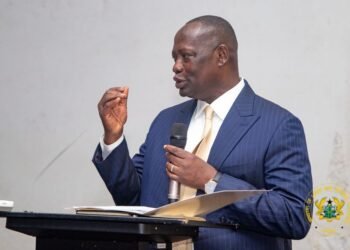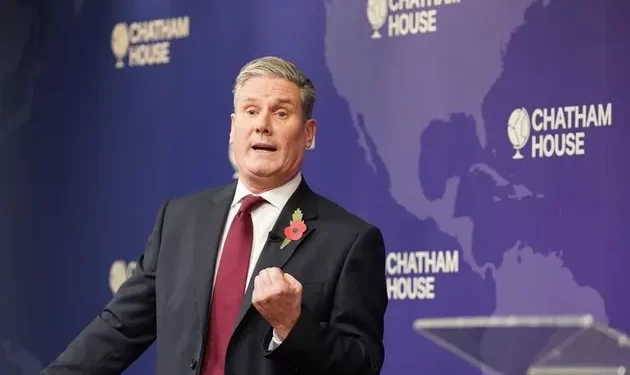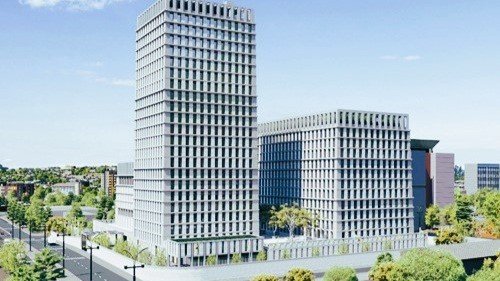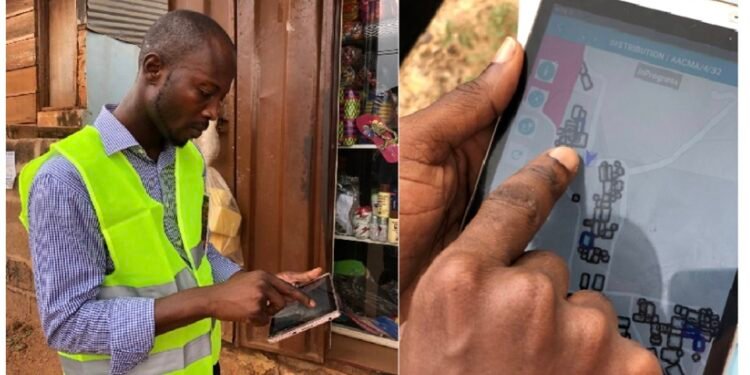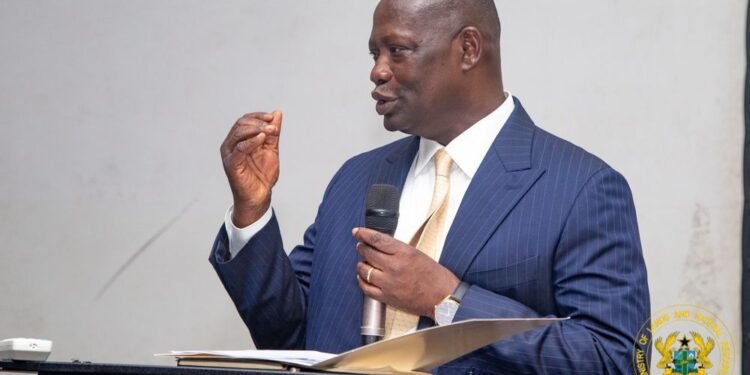Electricity transmission losses are expected to reduce in order to ensure stable and reliable electricity supply.
This is due to planned system upgrades to be conducted by Ghana Grid Company Limited (GRIDCo), expected to commence this year.
With a sustained increase in energy demand by businesses and households year-on-year, these efforts will help meet critical issues or existing gaps in power transmission.
Along these lines, the CEO of GRIDCo, Mr Ebenezer Kofi Essienyi is cited to have said that:
“Two main energy sector projects are programmed for commencement this year as part of a broader plan to transform the sector. The projects are the Ghana-Germany Compact and the Western Corridor Transmission Lines Upgrade.”
Mr Essienyi
Outlining GRIDCo’s plan for the energy sector, Mr Essienyi said the two programmed upgrades will help improve Ghana’s electricity grid capacity and ensure that the country can produce energy for local consumption and export.
When completed, the projects will contribute to reducing the frequency and duration of power outages in parts of the country.
Against this background, upgrades of Ghana’s energy transmission system have been rather slow over the years. This has resulted in significant power losses at a huge cost to the state.
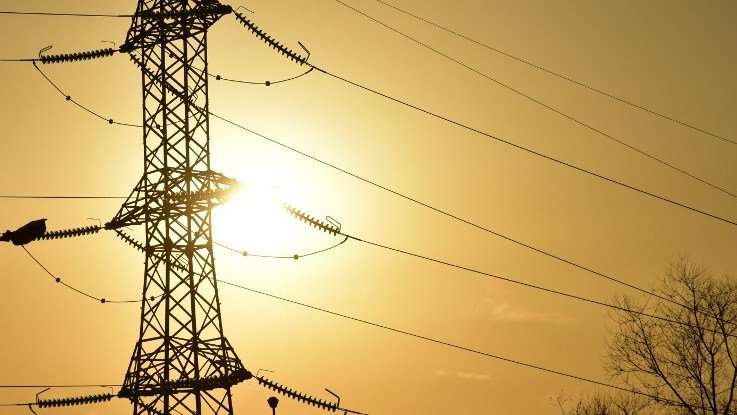
Transmission Losses Decline
In 2021, total transmission losses recorded was 1,075.95 GWh which is 5.01 per cent of the total energy transmitted (21,466.25 GWh). This is 0.37 per cent below the projected loss in transmission of 1079.96 GWh.
Comparing the losses for 2020 and 2021, the losses increased between the month of February and August 2021, according to the Electricity Supply Plan 2022.
This was due to the conservative dispatch of the Bui hydro plant as a result of the low reservoir level in the first half of the year, causing poor voltages in Kumasi and the Northern parts of the grid.
The Electricity Supply Plan highlights that GRIDCo is embarking on a number of projects which are expected to improve the reliability, transfer capacity and to reduce losses on the National Integrated Transmission System (NITS).
The projects include a 161kV Kasoa Substation with 50MVAr SVC Plus, an upgrade of the 161kV Achimota-Mallam transmission corridor, Western Corridor Transmission system upgrades and the upgrade the old 161kV lines from the Takoradi Thermal plant through Prestea to New Obuasi along with substation upgrades.
Other projects include the Siemens projects aimed at the development of the 330/161kV Dunkwa II substation, 3rd BSP in Kumasi and the replacement of the 161kV capacitor bank in Kumasi with a 50MVAr SVC Plus.
GRIDCo is also collaborating with the Ministry of Energy and VRA for the relocation of the 250 MW Ameri plant to Kumasi. This is expected to reduce transmission losses and improve voltages.
Based on an analysis of transmission losses, the 2022 Electricity Supply plan highlights that the lowest losses for the year were registered on the National Integrated Transmission System (NITS) in the Balanced Generation scenario.
This means that in situations where there are gas interruptions which affect thermal generation and compel high volumes of generation from a particular enclave (West or East), losses increase significantly. That said, the relocation of Ameri to Kumasi is expected to reduce losses on the NITS, according to the 2022 Electricity Supply Plan.
READ ALSO: Revise Measures to Discourage Vote Buying- Kamal-Deen Abdulai





